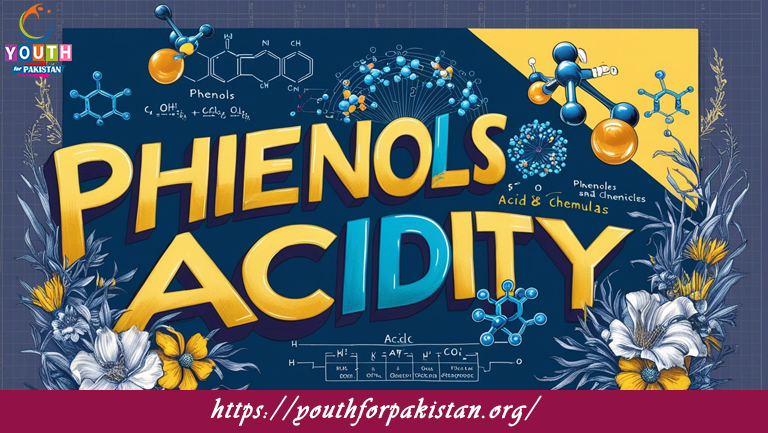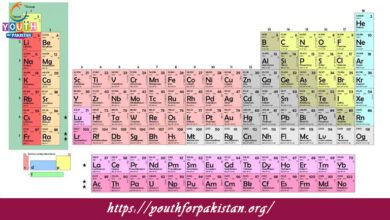Phenols Acidity MDCAT Quiz with Answers

Phenols Acidity MDCAT Quiz is quite vital in organic chemistry, and especially for MDCAT students, since the acid-base property predominantly influences the reactivity and behavior of the phenolic compound. Phenols are more acidic than alcohols because of the property of the phenoxide ion, C₆H₅O⁻, which can be stabilized through the aromatic ring. In light of this fact, they behave differently when reacting with bases, which determines them to be helpful during most synthetic procedures.
Acidity of Phenols: Phenols are weak acids, and their acidity is a consequence of the ability of the hydroxyl group (-OH) to lose a proton (H⁺), forming the phenoxide ion (C₆H₅O⁻). This ion is stabilized by resonance with the aromatic ring, which delocalizes the negative charge over the ring, making it easier for phenols to release a proton compared to alcohols. The phenoxide ion formed is more stable than the alkoxide ion (R-O⁻) formed from alcohols, and this contributes to the higher acidity of phenols.
Substituent effect: Substituents present on the benzene ring may affect the acidity of phenols. Electron-withdrawing groups (−NO₂, −CN, −COOH) increase the acidity of phenols by stabilizing the negative charge on the oxygen atom of the phenoxide ion. On the other hand, electron-donating groups (−OH, −OCH₃) decrease the acidity of phenols as they reduce the ring’s ability to stabilize the negative charge through resonance. So, phenols with electron-withdrawing groups at the ortho and para position to the hydroxyl group are more acidic.
Comparison of Phenols with Alcohols: Phenols are generally more acidic than alcohols due to the resonance stabilization of the phenoxide ion. In alcohols, the negative charge formed after proton loss is localized on the oxygen atom, which is less stable. This is why phenols can react with bases such as sodium hydroxide (NaOH) to form phenoxide salts, while alcohols require much stronger bases for deprotonation.
Quiz: Test Your Knowledge of Phenols Acidity
Our MDCAT Quiz on phenols acidity will help you test your knowledge in the factors that influence the acidity of phenols. The quiz contains questions related to resonance stabilization, the effect of different substituents, and the comparison between phenols and alcohols regarding acidity. Practicing these questions will ensure you’re ready for acidity-related queries in the MDCAT exam.
Free Flashcard: Key Insights on Phenols Acidity
Our Free Flashcard set on phenols acidity provides a clear-cut summary of the factors that influence phenol acidity, including the role of resonance and the effect of substituents. These flashcards are a great tool for reinforcing your understanding and preparing for the MDCAT exam.

The presence of an electron-withdrawing group on the aromatic ring __________ the acidity of phenols.
Increases

Phenols are more acidic than alcohols because the negative charge on the oxygen atom in the phenoxide ion is __________.
Delocalized into the ring

The addition of an electron-donating group such as -OH to the phenol ring __________ the acidity.
Decreases

The pKa of phenol is __________ than alcohols due to its ability to stabilize the conjugate base.
Lower

The electron-withdrawing group that most increases the acidity of phenols is __________.
Nitro (-NO2)
Experience the real exam environment with our expertly designed collection of over 25,000 MCQs MDCAT Mock Tests.





